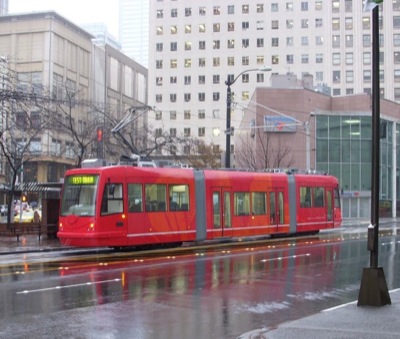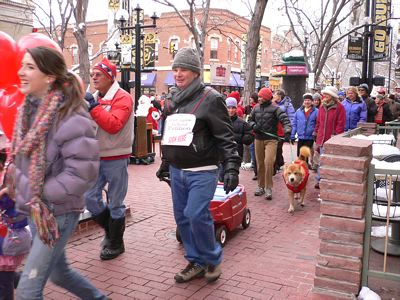Light-rail associated crime has been a big issue in Portland, so you would think the media would be all over the story when a woman was assaulted at a light-rail station in Portland last Christmas Eve. Instead — nothing.
Normally, says the Gresham Outlook, the police inform the media about such crimes. But in this case, the police were silent. Why? Because the woman reported the crime to the TriMet transit police. Apparently, TriMet was not interested in more bad publicity for its fabled rail system.









